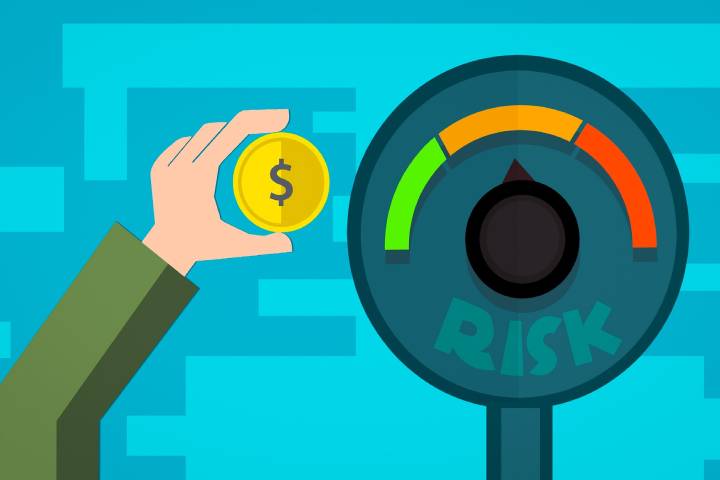Risk Management – Is Your Company Prepared For Risks?

Is your company prepared for risks? Do you know your risks? Do you know which risks influence your corporate strategy?
“We have a risk manager who does it for us. It collects potential risks and makes a nice report with great graphics. The house bank was always satisfied and the auditor liked it too.” – That or something like that should be the honest answer of most managers in medium-sized companies if they were asked about the current risk strategy. Most companies don’t have one.
Table of Contents
What Are Business Risks?
Risks can be generally defined as influences that prevent you from implementing your corporate strategy. They can only ever be interpreted in direct connection with the planning of a company. Depending on the initial situation and perspective, they can thus represent negative (“threats”) as well as positive deviations (“opportunities”).
Risks jeopardize the continued existence of your company. They can be of internal or external origin.
Examples of external risks:
- Legal requirements (data protection, environmental requirements, …)
- Change in customer needs
- New competitors with modern manufacturing technology
- Failure of a development partner
Examples of internal risks:
- Lack of employee motivation
- disruptions in the technical process
- The delayed flow of information
- Missing succession plan
How Does Risk Management Work?
Before risks can be managed, they must first be known. Collection of search methods are used to identify risks.
Collection methods include checklists, SWOT analysis, self-assessments, the Risk Identification Matrix (RIM) use, and personal interviews and surveys. They are used to identify existing and apparent risks.
The search methods are more suitable for uncovering potential or future risks. The methods used here: are catalogues of questions, error possibility and effect analyses, brainstorming sessions, scenario analyses, etc.
Who Should Be Responsible For Risk Management?
Risk management is a strategic issue and is, therefore, subject to management. Even if you have a risk manager in the company, you should not rely on him alone. Risk management is and remains a top priority!
However, very few small and medium-sized enterprises (SMEs) have established consistent risk management in the company. Banks and insurance companies are already more advanced here, for example, due to legal requirements.
Why Your Risk Management Needs To Change
As indicated in the introduction, the risk management of SMEs still needs to change. The reality corresponds more to risk administration than management, i.e. writing down risks is becoming more professional.
Completing risk catalogues is excellent for providing evidence to third parties but has nothing to do with natural risk management. Risk management is about deviations from the strategy, both positive deviations (= opportunities) and negative ones (= threats). So there is always a long-term component associated with this, not considering 3 to 6 months or 1 to 2 years.
How To Introduce Risk Management Step By Step
For risk management to benefit you and your business, start small.
Take your corporate strategy and identify one to three risks.
The attempt to record and manage all possible risks usually leads to chaos or a situation where nothing is done due to being overwhelmed.
Example of risk management in 4 steps:
Risk management consists of four different sub-steps:
- Risk identification
- finding the cause
- study of the effects
- Derivation of measures
Suppose you have identified liquidity as a potential risk.
In the second step, it is your job to investigate the causes that can make you no longer have enough financial resources available. Possible causes of a liquidity crisis include declining sales, customer defaults or unexpected increases in fixed costs.
Finally, it would help if you examined the impact of liquidity. Due to your liquidity crisis, suppliers can, for example, worsen their payment terms towards you.
The most crucial step is the derivation of measures: What preventive steps can you take to prevent the risk of liquidity loss? (In the case of opportunities, you must rethink what actions you can take to increase the possibilities.)
